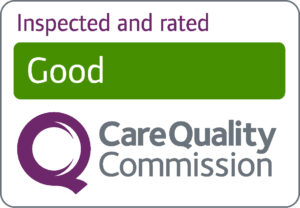This information has been developed to help you to understand what induction of labour is, the reasons why you might be offered induction of labour, what the risks and benefits are, how labour is induced and what methods are used.
There is also an explanation of what will happen on the day of your induction.
It is not intended to replace the discussion between you and your midwife or doctor, but it could help answer some of your questions and act as a starting point for a discussion about induction of labour.
If after viewing this information, you have any concerns or require further explanation, please discuss this with your midwife or doctor.



